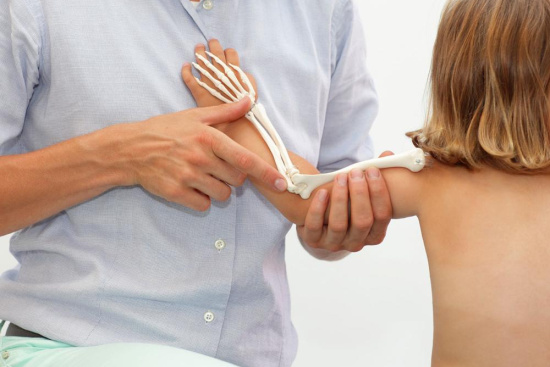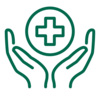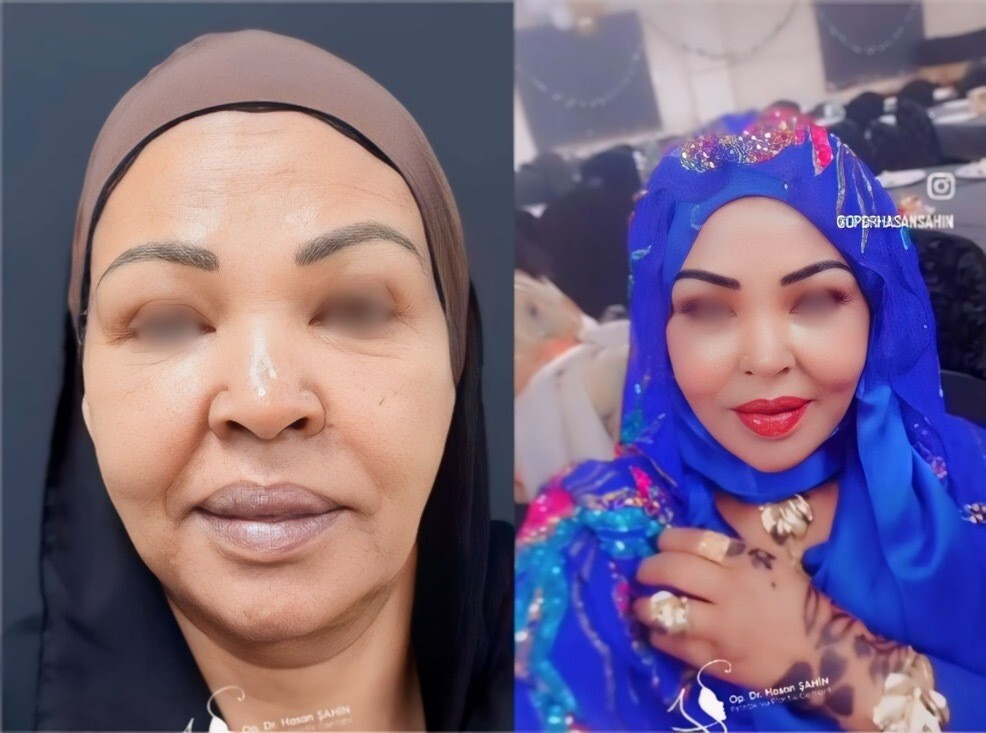Pediatric orthopedics is a medical specialty dedicated to the diagnosis and treatment of diseases and deformities of the musculoskeletal system in children. Whether it involves bones, joints, muscles, tendons or ligaments, pediatric orthopedists treat a wide variety of conditions, from the most common (such as flat feet) to the most complex deformities present at birth.








